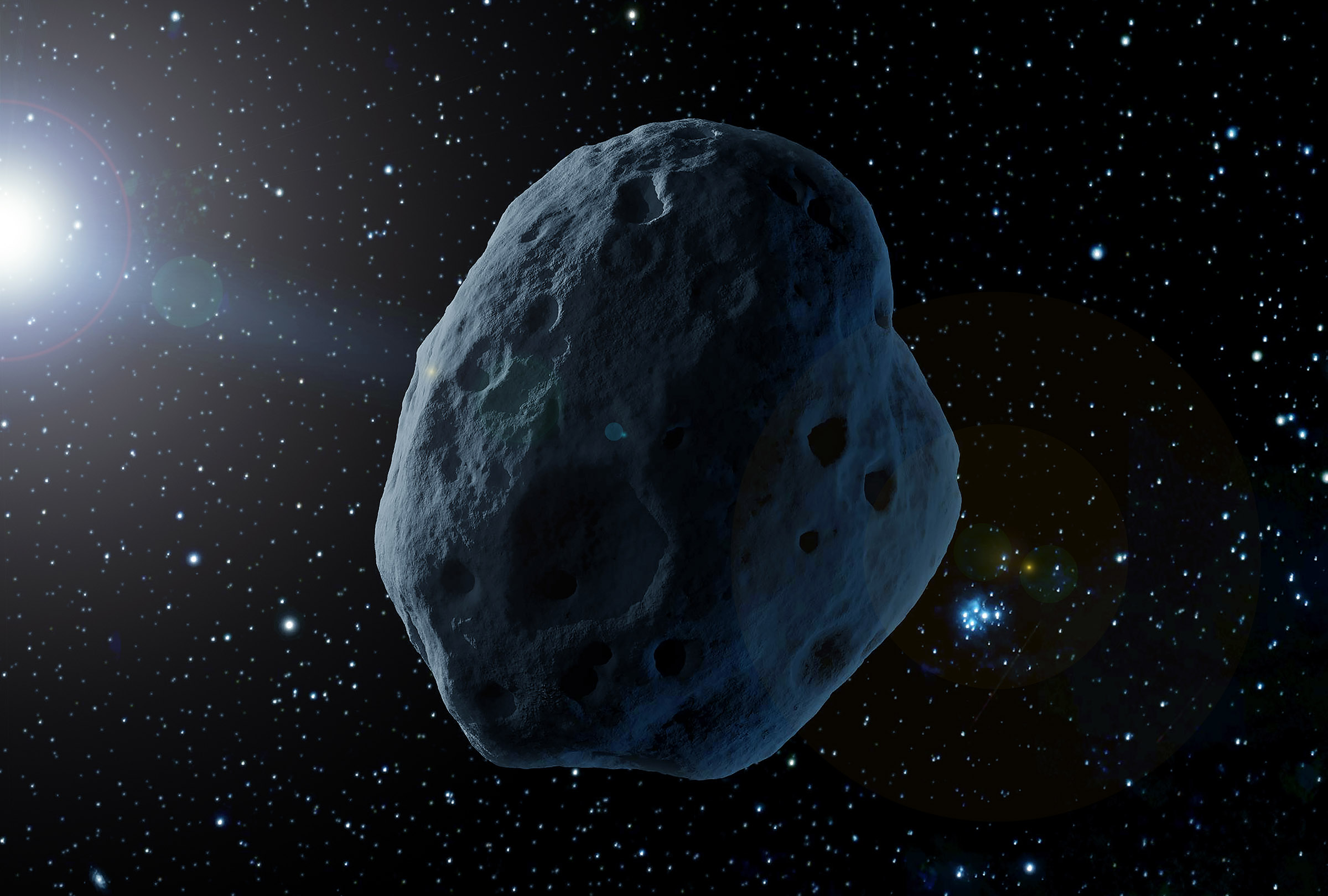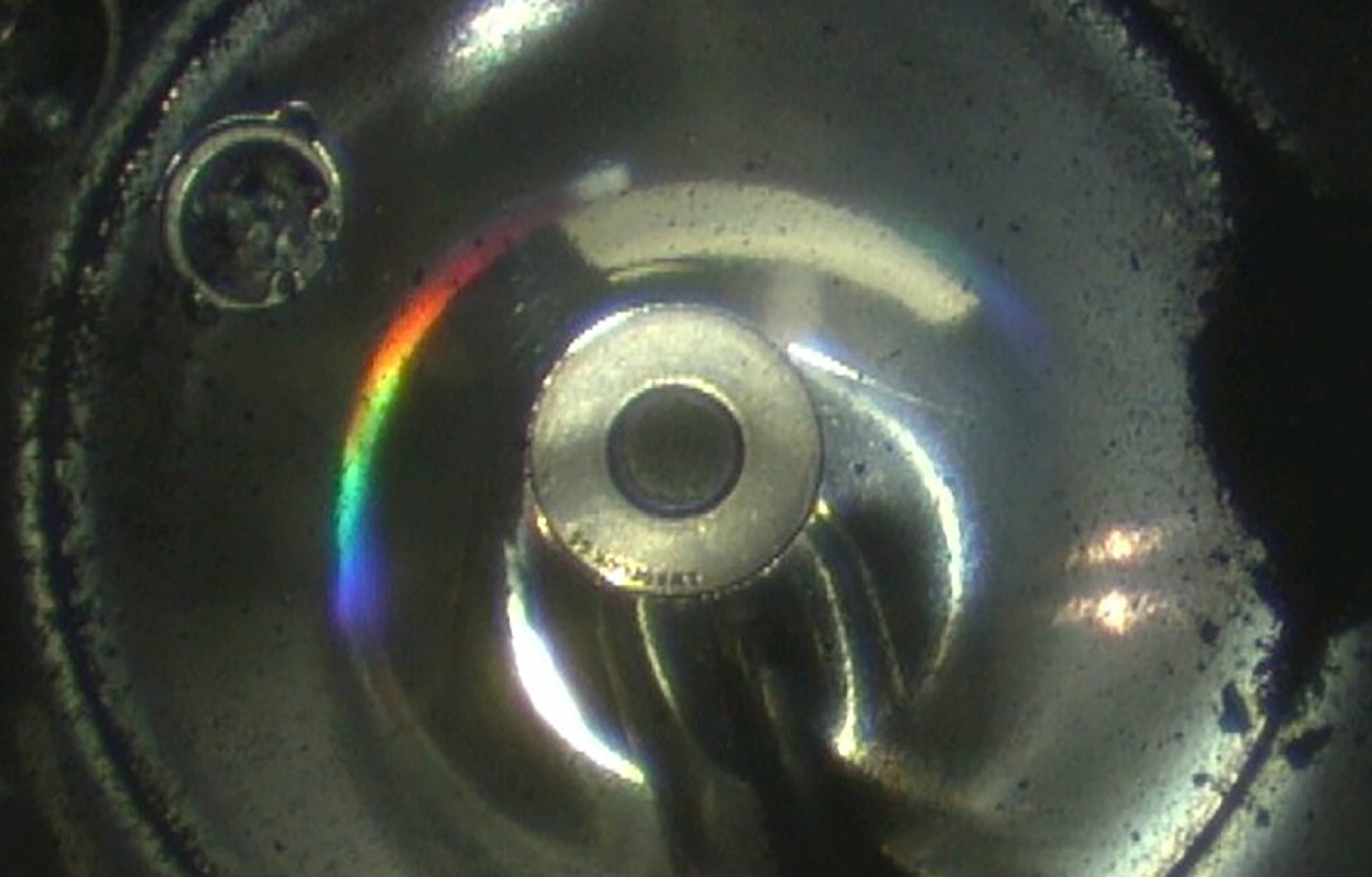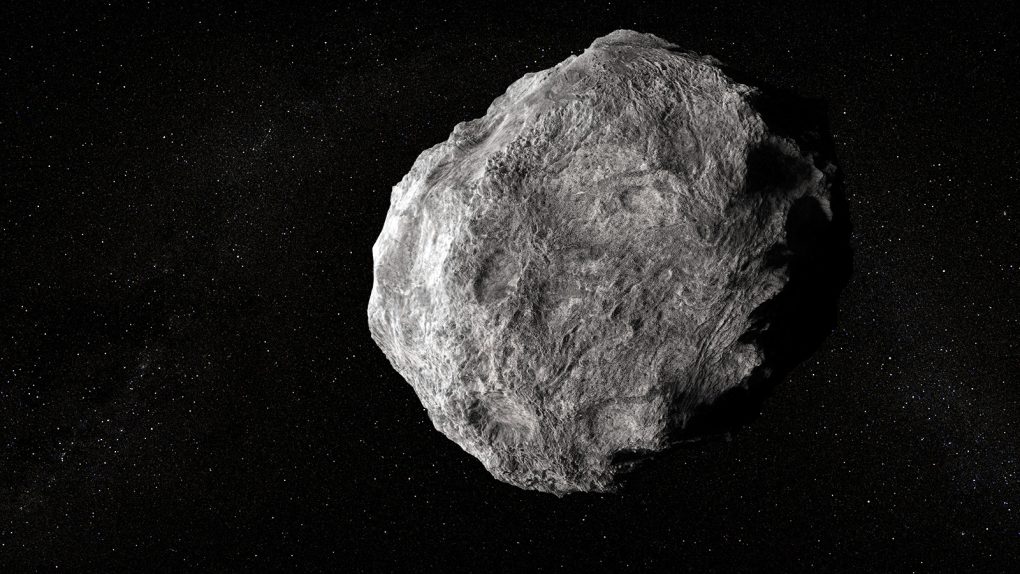The asteroid Ryugu is located roughly 300 million kilometers from Earth. It completes an orbit around the Sun every 16 months, and many believe an asteroid like it helped fuel the origin of water on Earth. Now, an international team of researchers studying dust particles gathered from Ryugu believe they may have discovered presolar stardust — space dust that existed before our solar system was formed.
Ryugu has dust older than our solar system

The evidence was collected by the Hayabusa-2 space probe during a mission that began in 2014. Now that Hayabusa-2 has returned the samples to Earth, we’re finally learning more about this asteroid and the presolar stardust that calls it home. Ryugu, like many other asteroids out there, is made up of gravel-like substances believed to have come from other asteroids.
The asteroid itself is massive, and scientists believe it originated beyond our solar system’s edge. Now, the presence of this dust which predates our solar system’s formation could further expand on where Ryugu came from—or at least when.
Since the asteroid probe returned its samples to Earth, scientists worldwide have been digging into the samples. A group of researchers wanted to determine the age of the samples. They published their findings in The Astrophysical Journal Letters. They note that the samples appear to have come from different stellar processes. However, this presolar stardust alone has garnered a bit of attention.

Other meteorites
Ryugu isn’t the only celestial object we’ve found with substances that predate our solar system. Around five percent of meteorites found on Earth harbor grains of dust that predate it. We have dated some as far back as 7 billion years. The grains in this dust from Ryugu contained the same identifiers as those in meteorites that predate our solar system.
As such, it seems likely that there are other particles on Ryugu that predate the solar system. It’s possible that presolar stardust could make up much of the asteroid. Because it’s so far away, and missions to collect samples take so long, it’s hard to determine an exact makeup. The researchers also found evidence of a fragile silicate within Ryugu. Something must have protected it from the Sun’s damaging rays.
Perhaps future missions to Ryugu and other asteroids like it will deliver more valuable information about presolar stardust. And, with a little luck and a ton of research, we may even learn more about the universe before our solar system formed.








